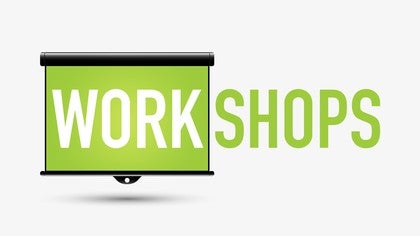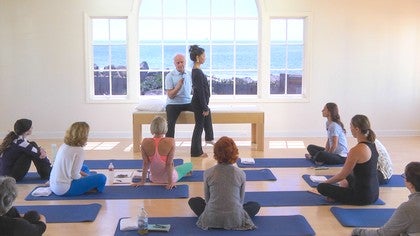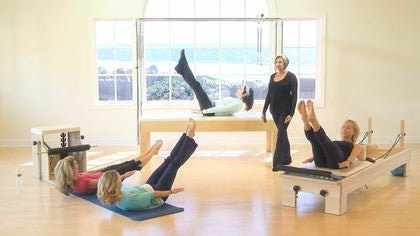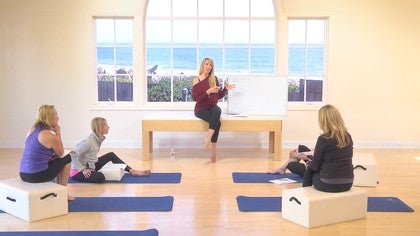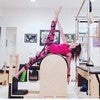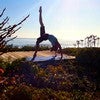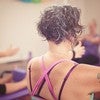Premium workshop
You can view a 2 minute preview. For details, scroll down below the video.
Description
In this workshop with Alan Herdman, he teaches his Pre-Pilates exercises which will help your clients understand their own bodies before they start working on more difficult exercises. By focusing on the correct posture, your clients can achieve the correct recruitment of muscles which makes the exercises better. Alan shares his techniques to strengthen and open the body.
Objectives
- Learn ways to modify positions for people with poor alignment
- Learn new techniques to get more mobility in the thoracic spine
- Learn techniques to connect deeply to the core muscles before the movement begins
- Learn new cues so your clients are more successful in performing exercises correctly
- Find new ways to get a connection throughout the entire body
About This Video
Workshops: Teaching Methodology
Comments
:)
I have watched this workshop a few times now and find it super valuable as I continue to learn from it. I would love to know your tips, modifications and alternatives for clients who have osteoporosis, shoulder (rotator cuff overuse), arthritisis, sciatica and chronic knee issues... thanks
You need to be a subscriber to post a comment.
Please Log In or Create an Account to start your free trial.
